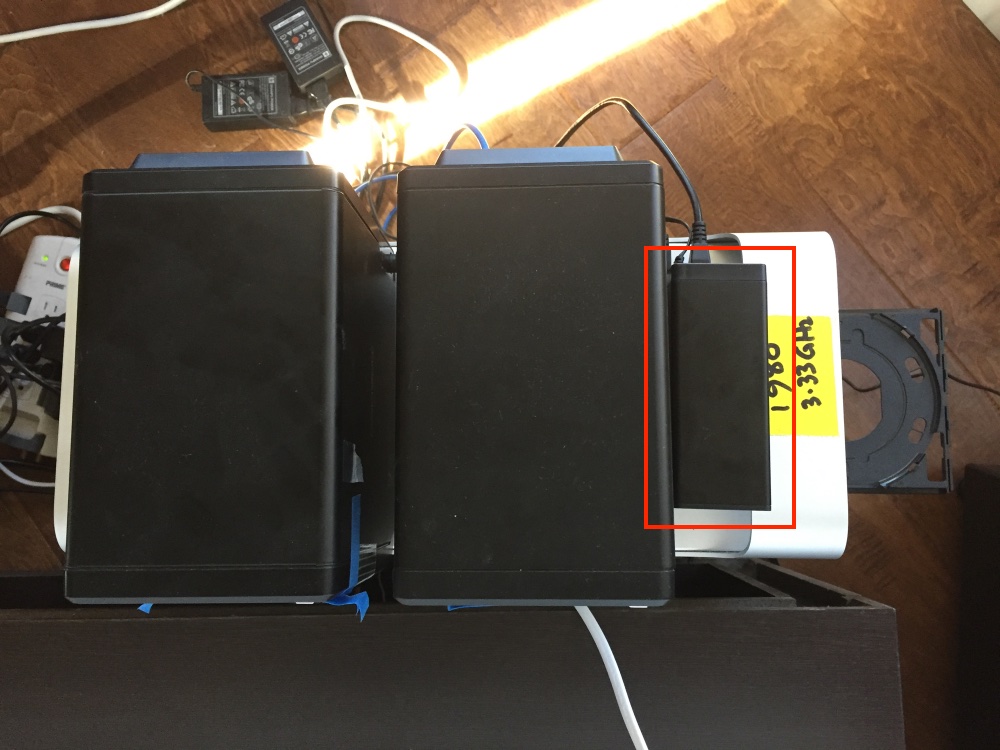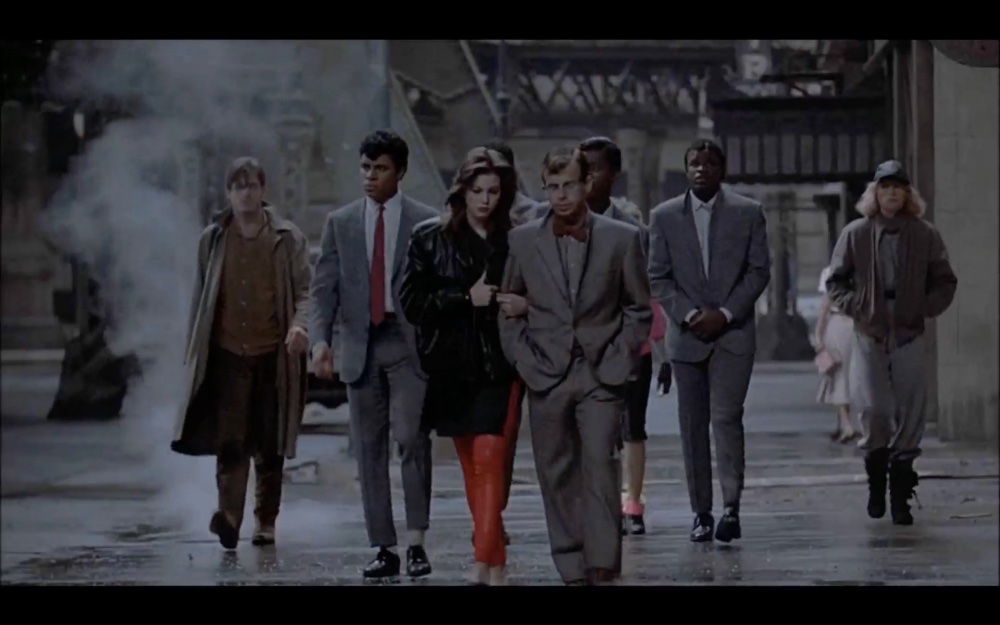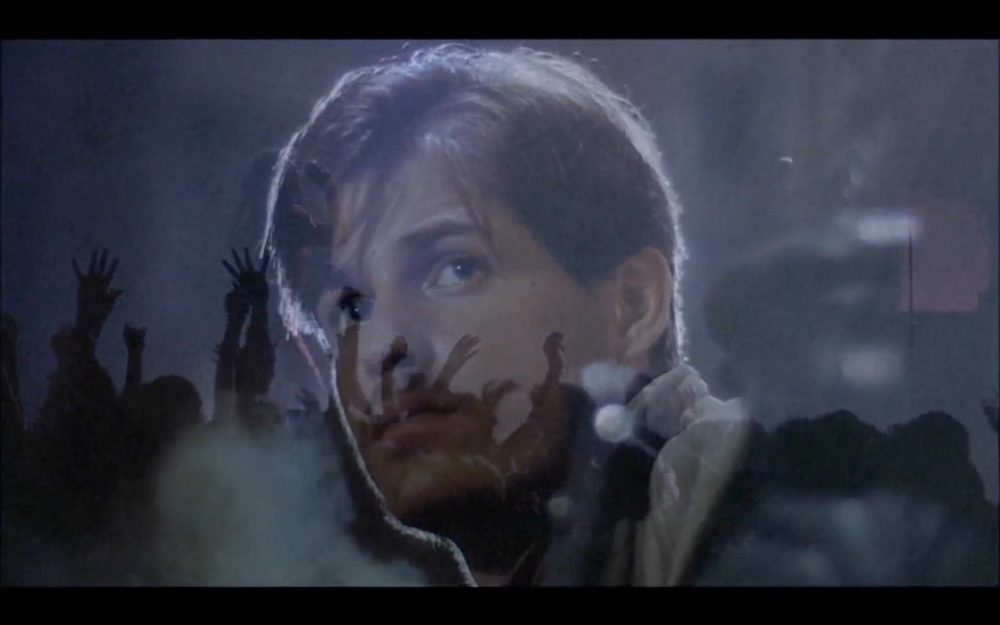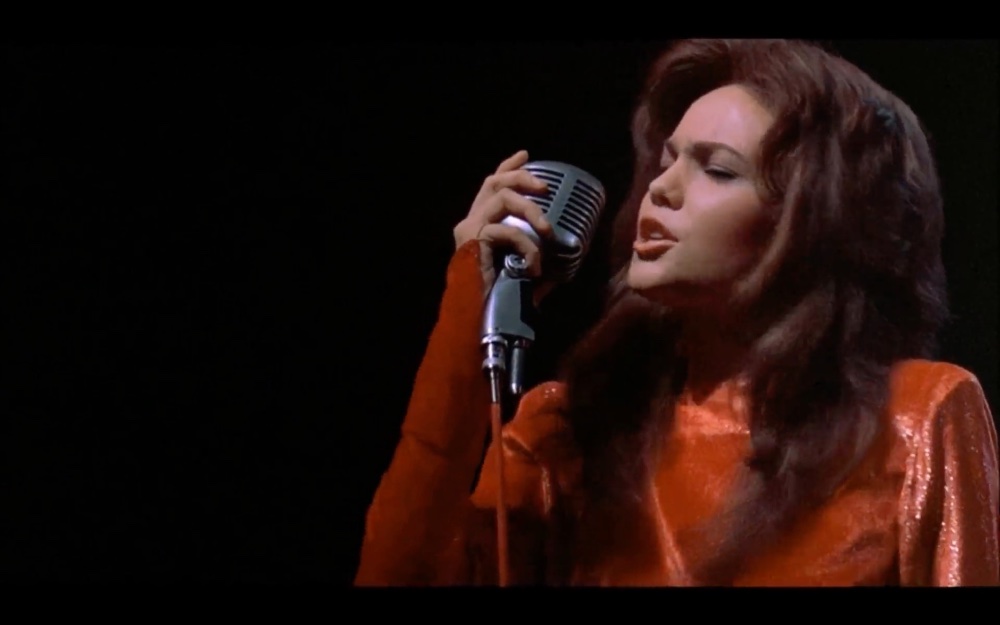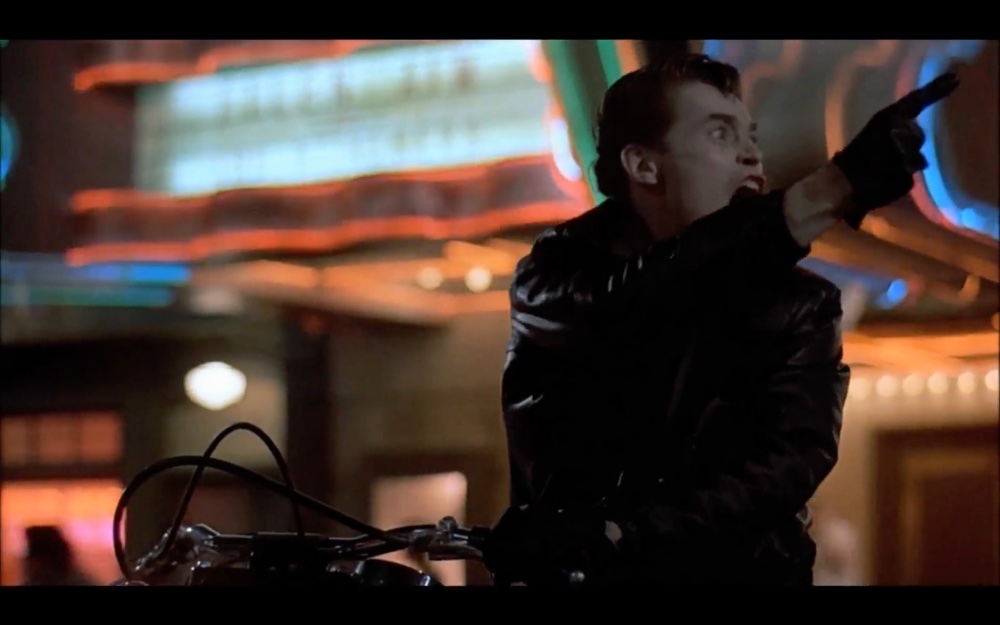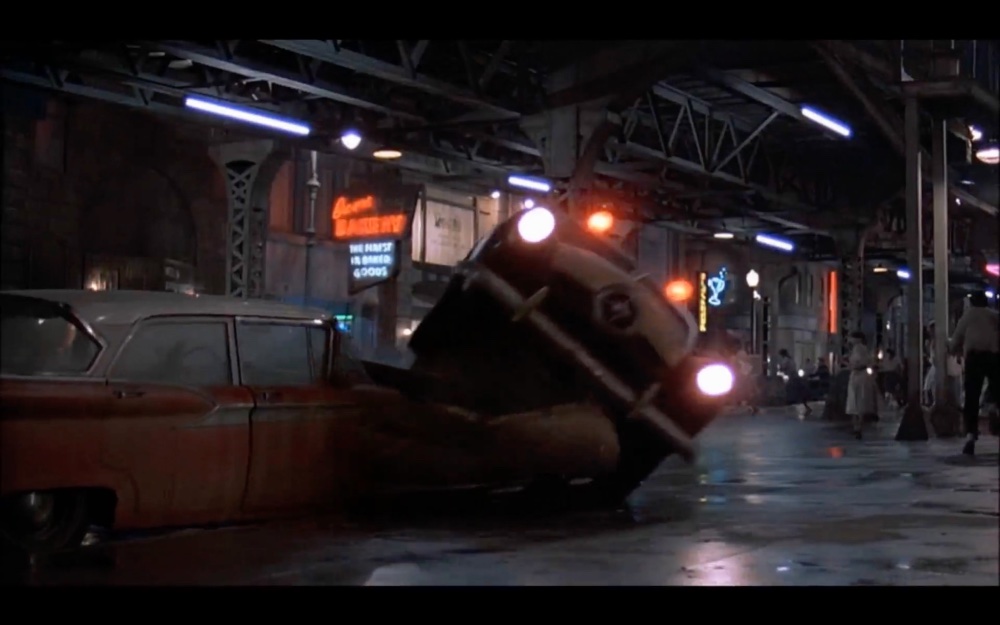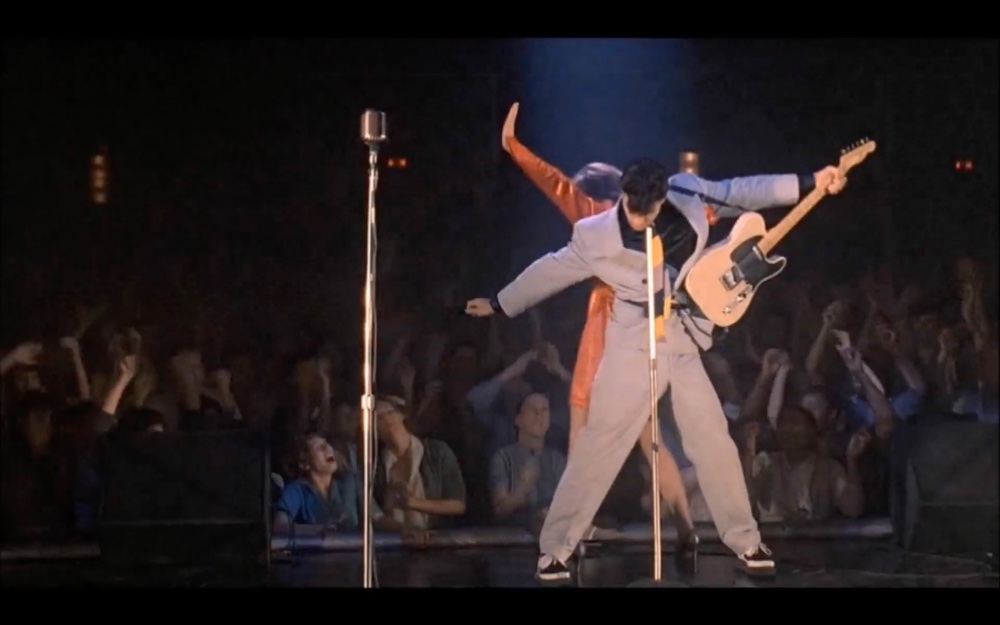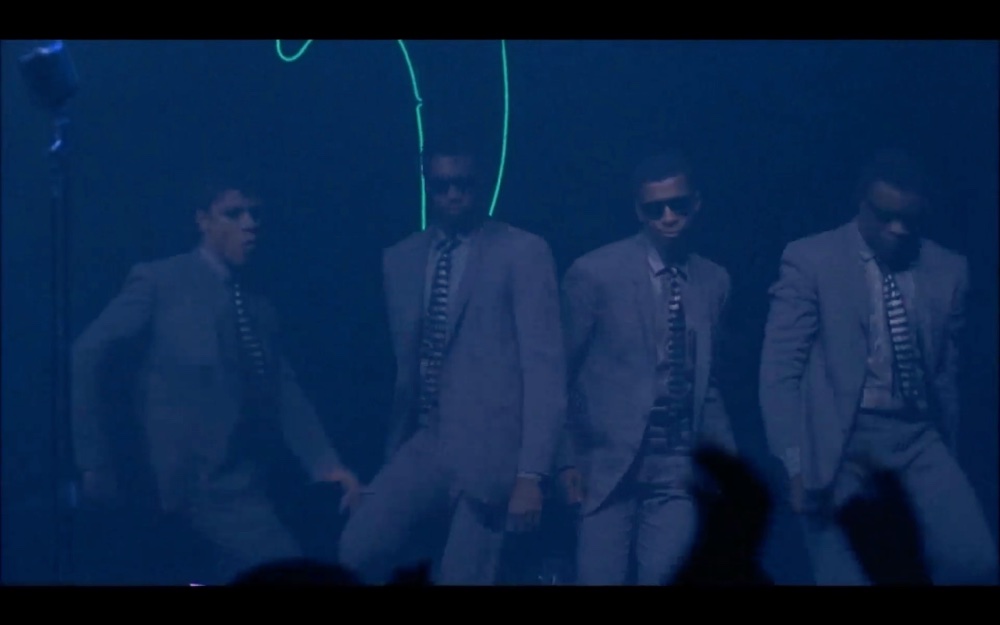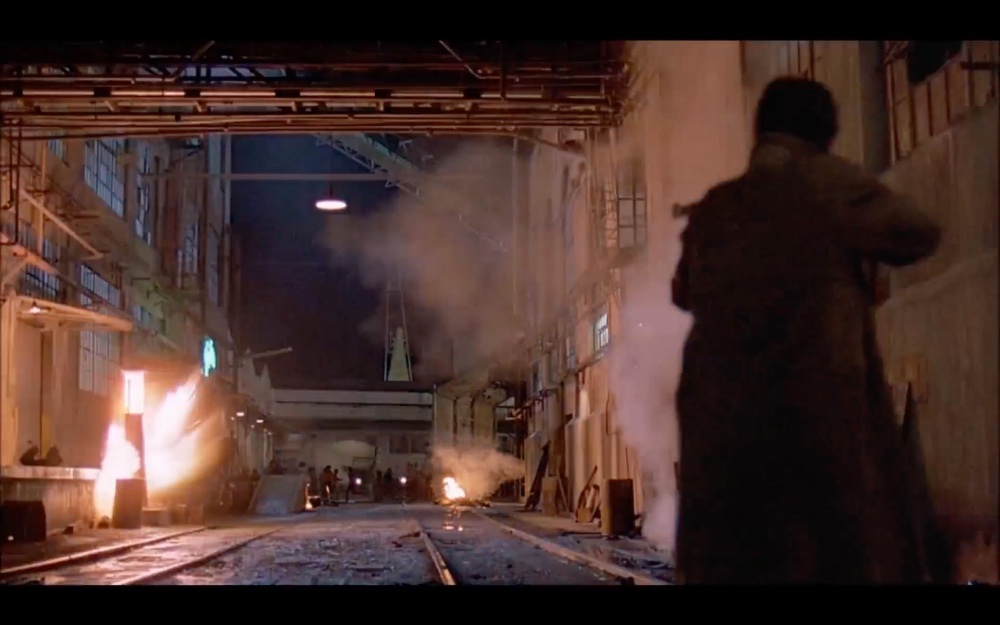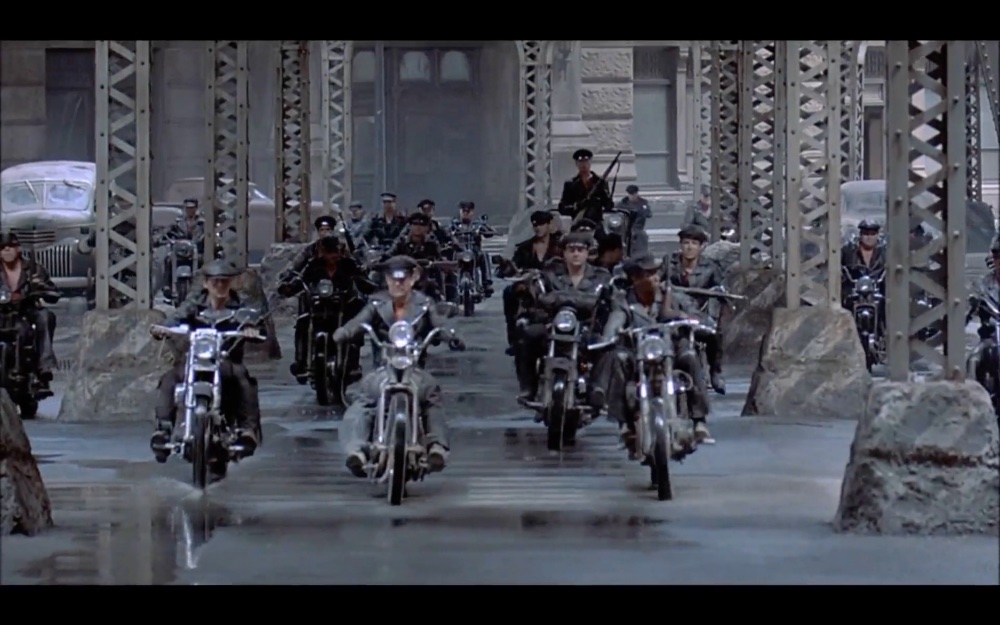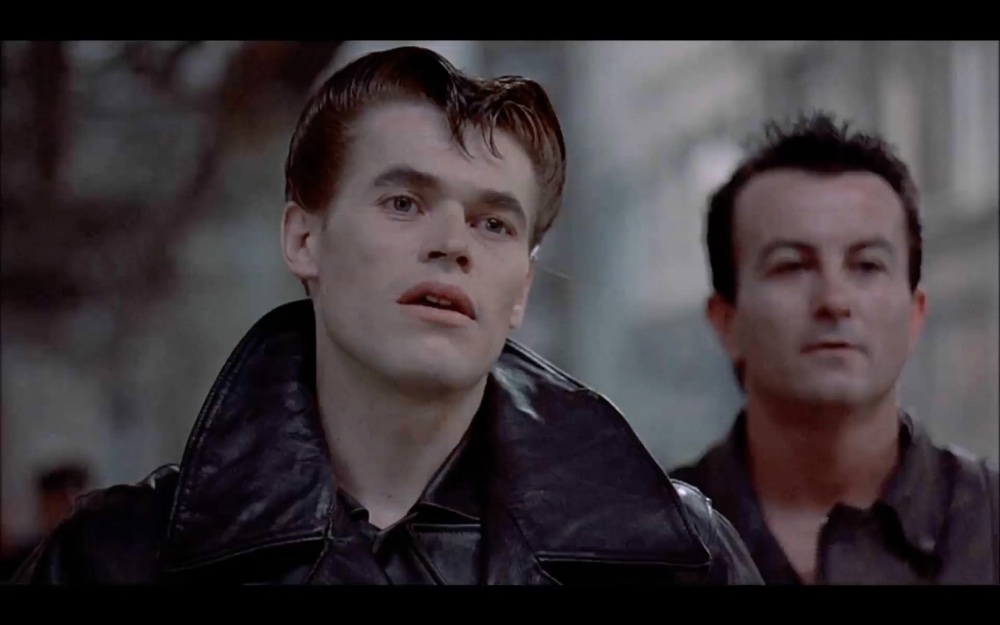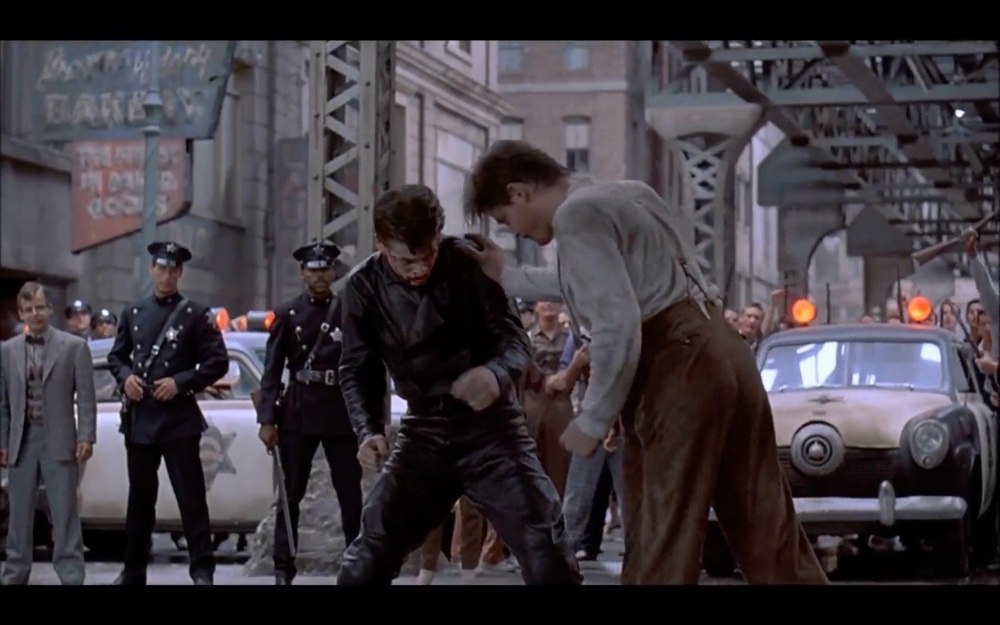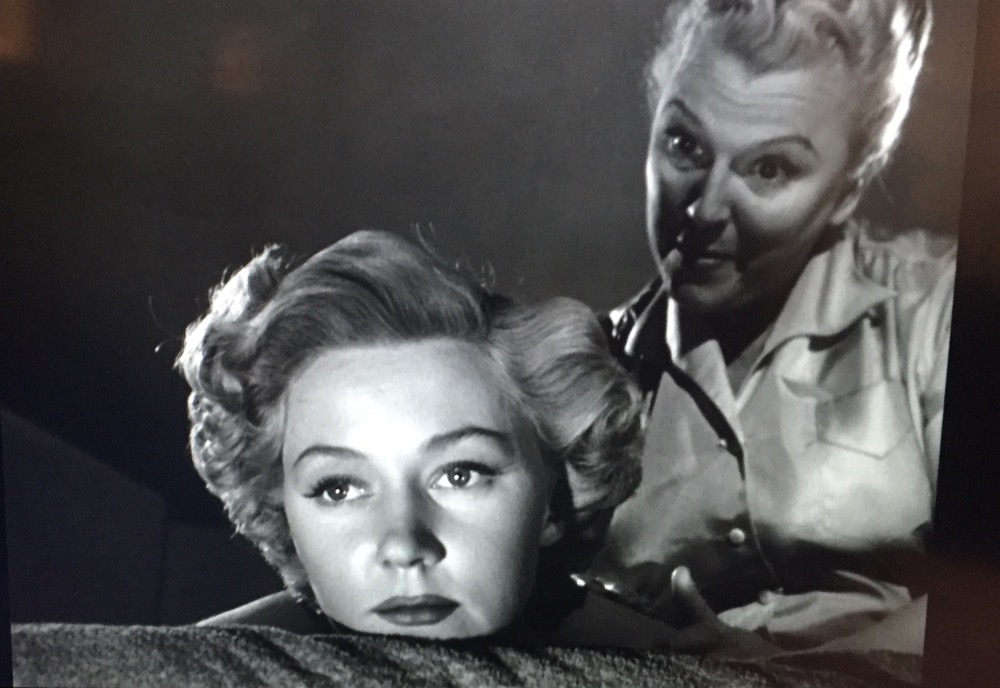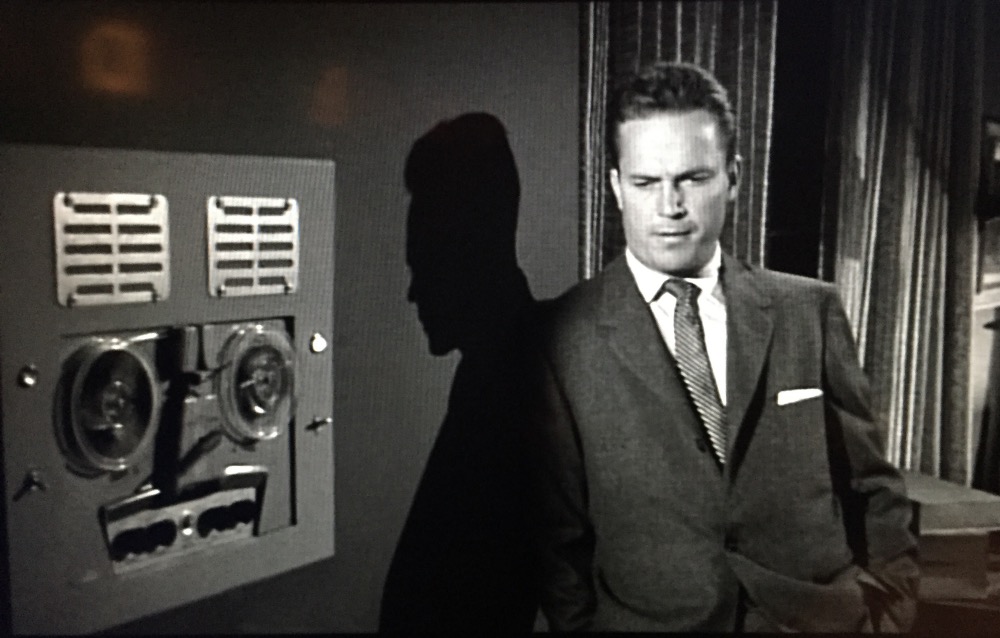Cinematographer.
Like the movie composer Ennio Morricone, Roger Deakins had to wait decades for his Oscar, beaten out by lesser talents unknown today. Ennio got it for a haunting score for Tarantino’s so-so ‘The Hateful Eight’, and Roger’s award came for a so-so movie with great cinematography – his.
For most movie goers I suspect the appeal is that of a particular star or, for the better informed, the work of a favorite director. For me, as often as not, it’s to see the art of the cinematographer and if you tell me that Roger Deakins did the work, I’m off to the theater, cash in hand.
I was reminded of this logic the other day when another huge Deakins fan suggested I watch ‘Sicario’, a movie about the nefarious bumblings of the CIA on the tunnel-ridden Mexican border with Texas and Arizona. You know, the one where we are making ladder and shovel manufacturers rich by building a wall. That fan was no other than my son and when I asked what prompted him to watch the movie his reply was simple: Roger Deakins.
Here are some favorite images from Roger Deakins’s movies. The lighting is invariably simple, the camera moves little, and in backlit scenes Deakins will often expose for the highlights, leaving the viewer straining to make out faces, to great effect:
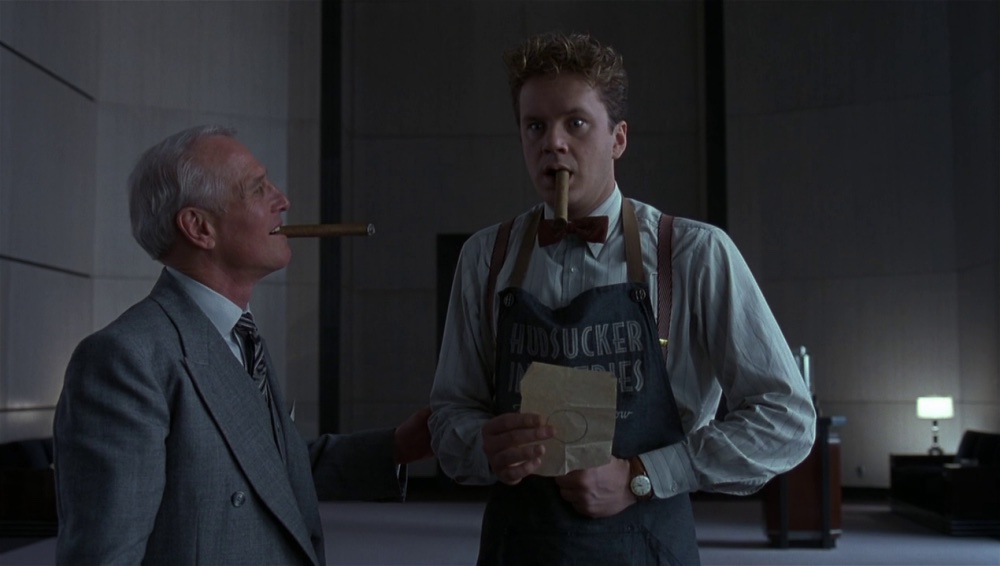
The Hudsucker Proxy. Paul Newman and Tim Robbins yuck it up.
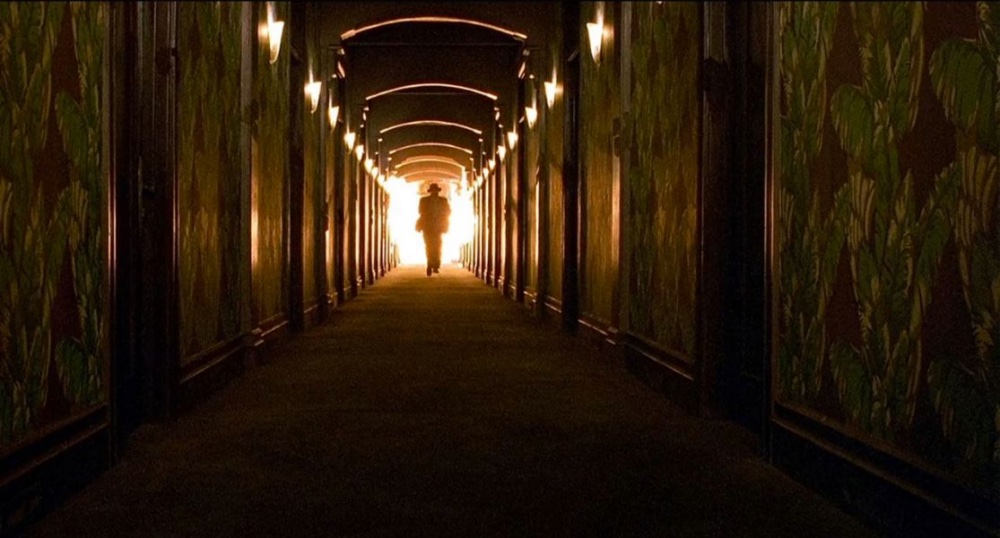
The chilling ‘Barton Fink’ gave Deakins free rein.
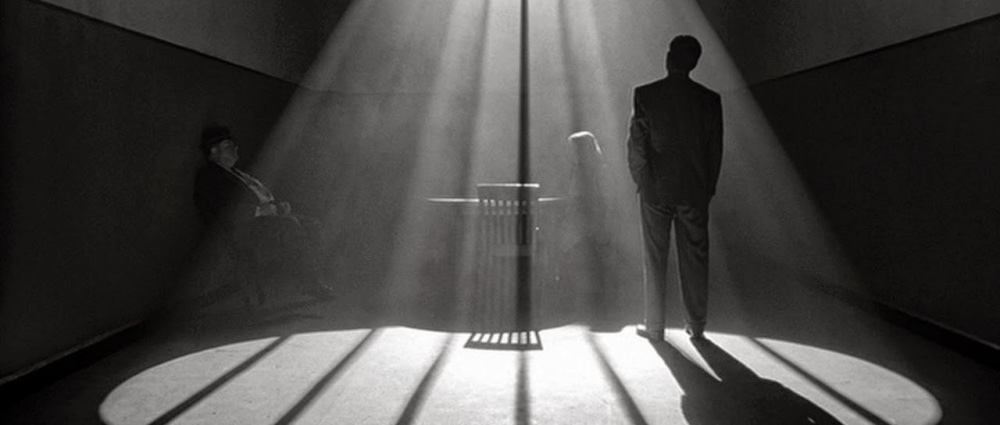
‘The Man Who Wasn’t There. A cinematographic masterpiece.
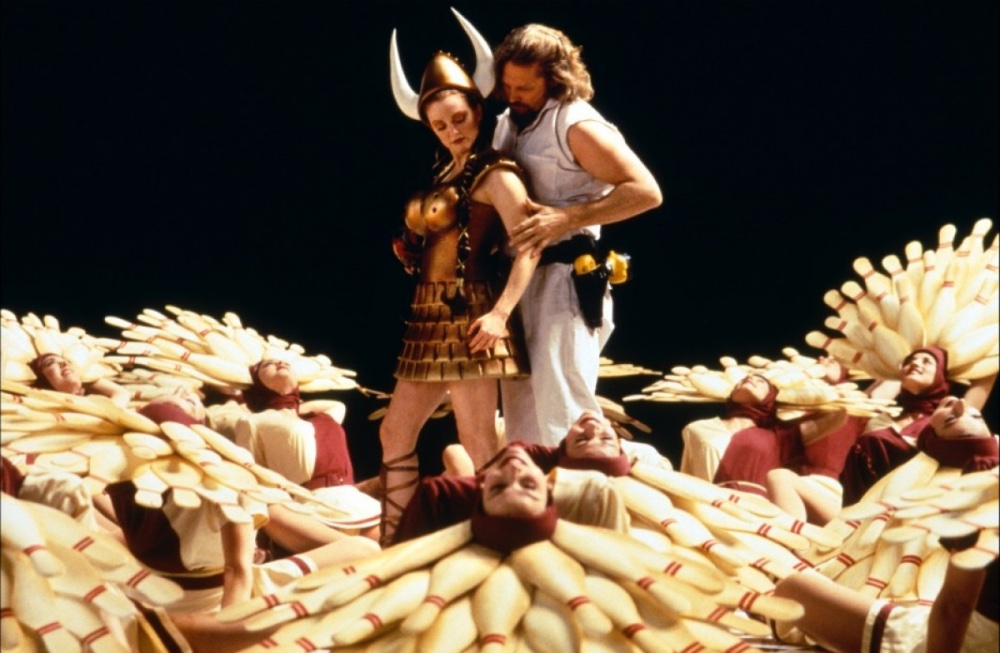
‘The Big Lebowski’. Julianne Moore and Jeff Bridges relive Busby Berkeley.
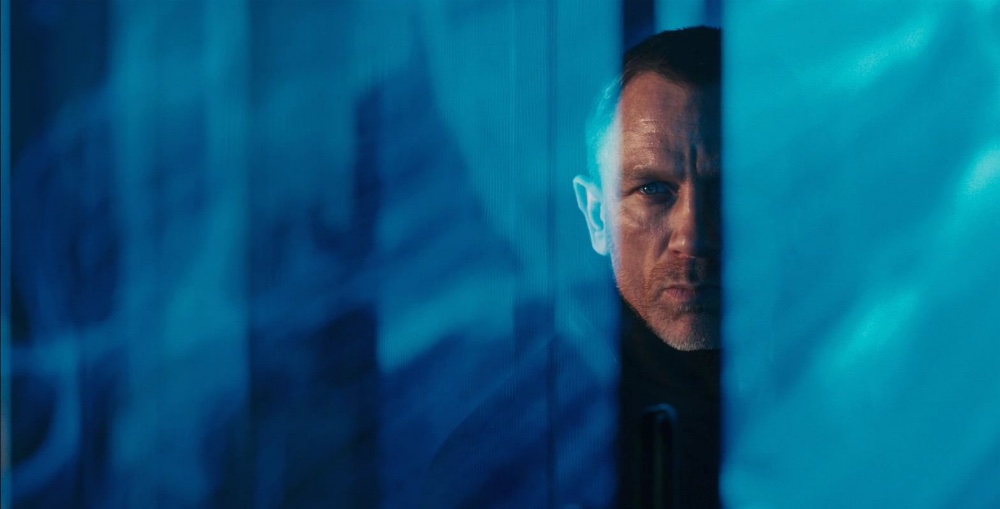
007 in ‘Skyfall. An awful movie saved by great lens work.
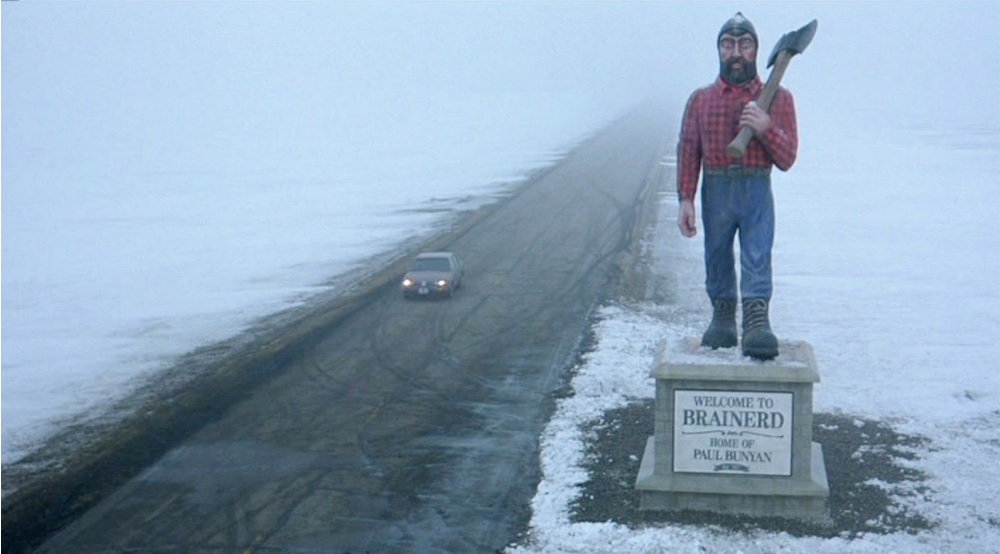
The chilling opening of ‘Fargo’.
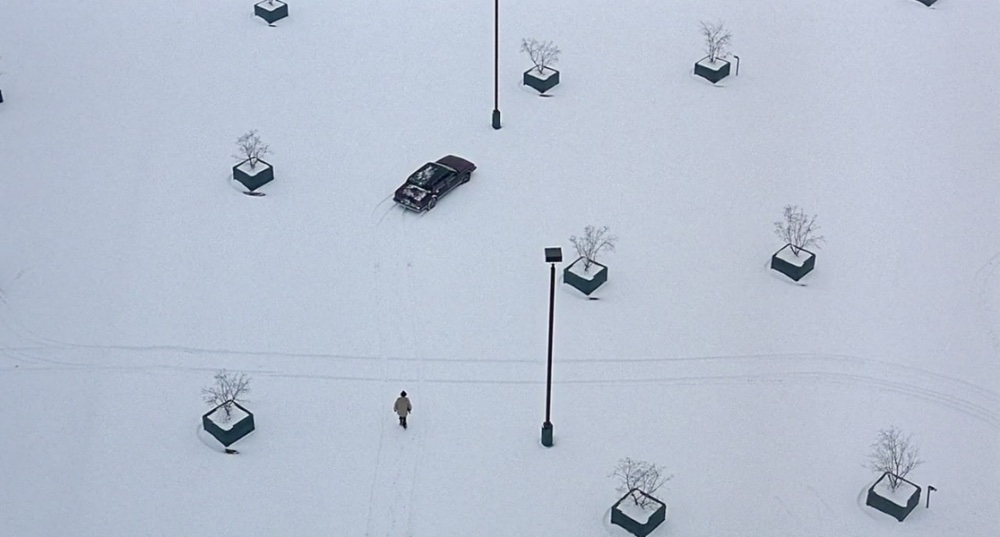
Another from Fargo, towards the end. How do you improve on this?
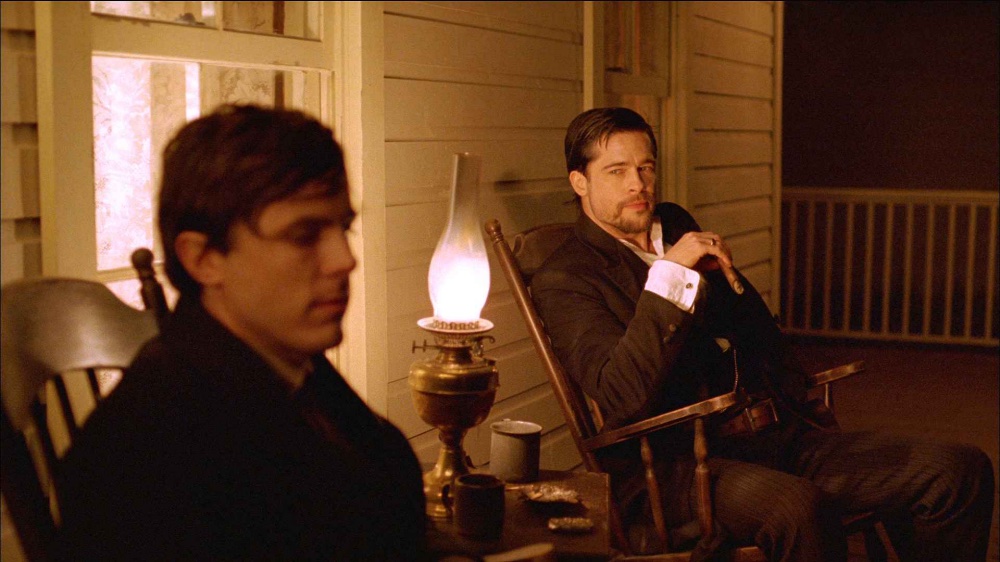
‘The Assassination of Jesse James’. Forget whether you like Westerns. This is all about gorgeous imagery. Casey Affleck and Brad Pitt.
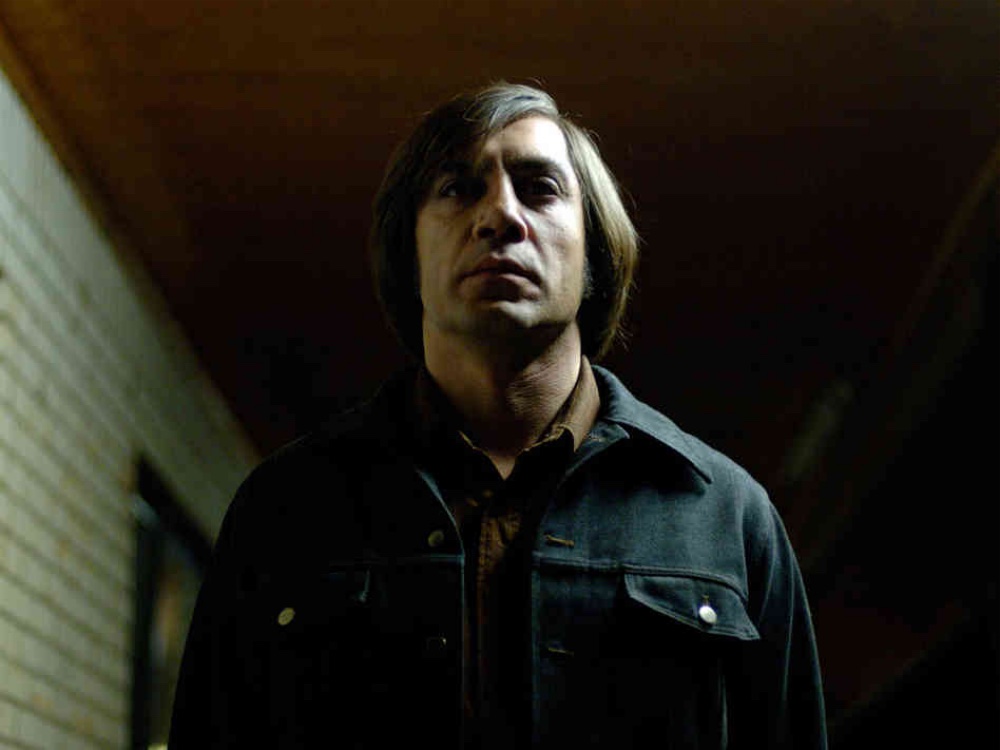
Deakins at his quietest and most terrifying. Javier Bardem won the Oscar thanks to the camera work in ‘No Country for Old Men’.
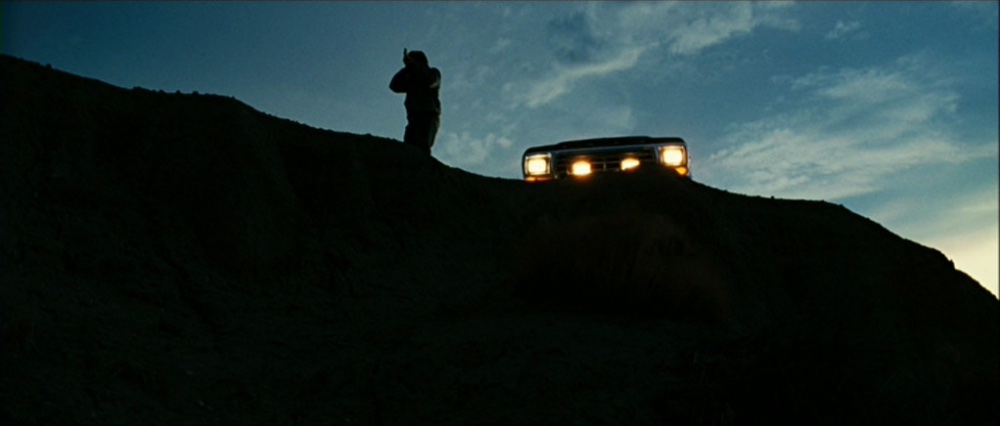
Another from ‘No Country’, and unforgettable at that. Lighting as simple as it gets, exposure for the highlights.
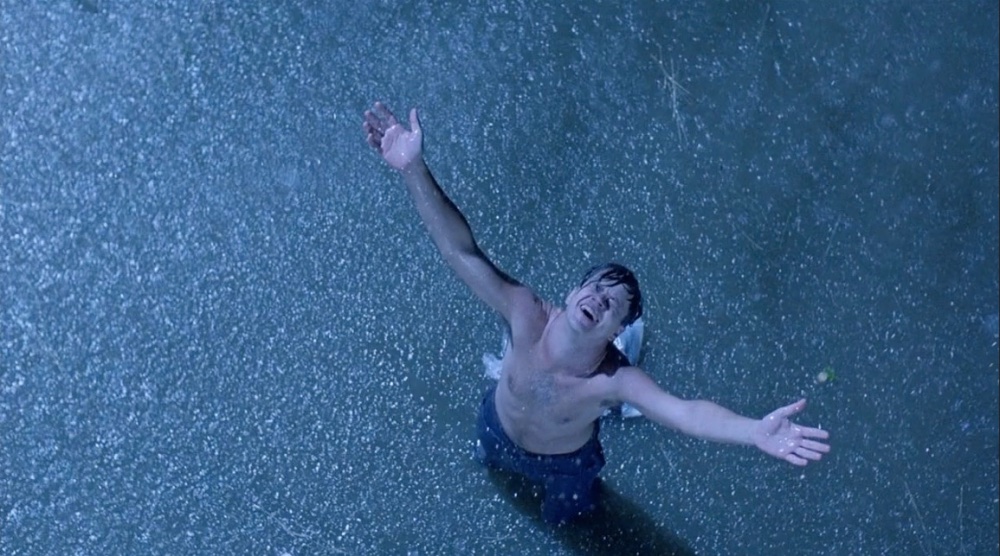
Tim Robbins again, in ‘The Shawshank Redemption’.
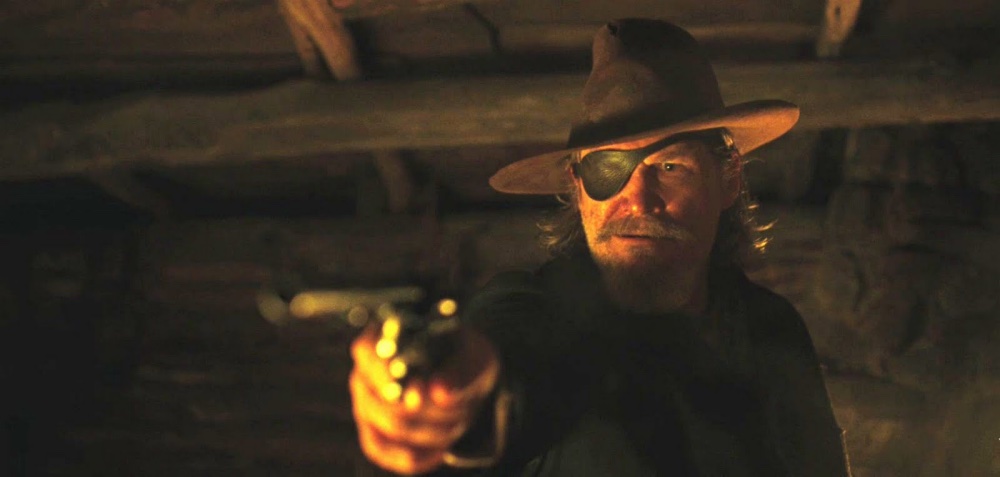
The cabin scene in ‘True Grit’. Jeff Bridges deserved the Oscar for this one, but had to wait a while longer.
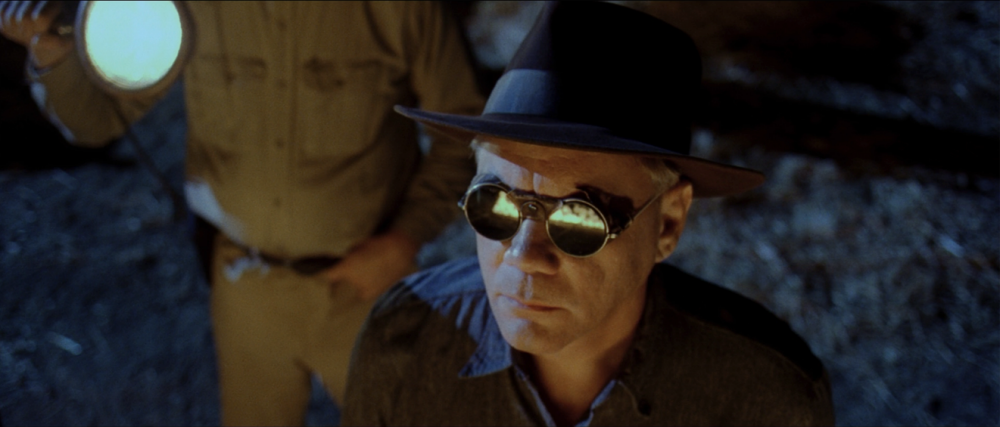
‘Oh! Brother, Where Art Thou?’ Cop as demon. Deakins’s lens captures the fires of hell in the policeman’s glasses.
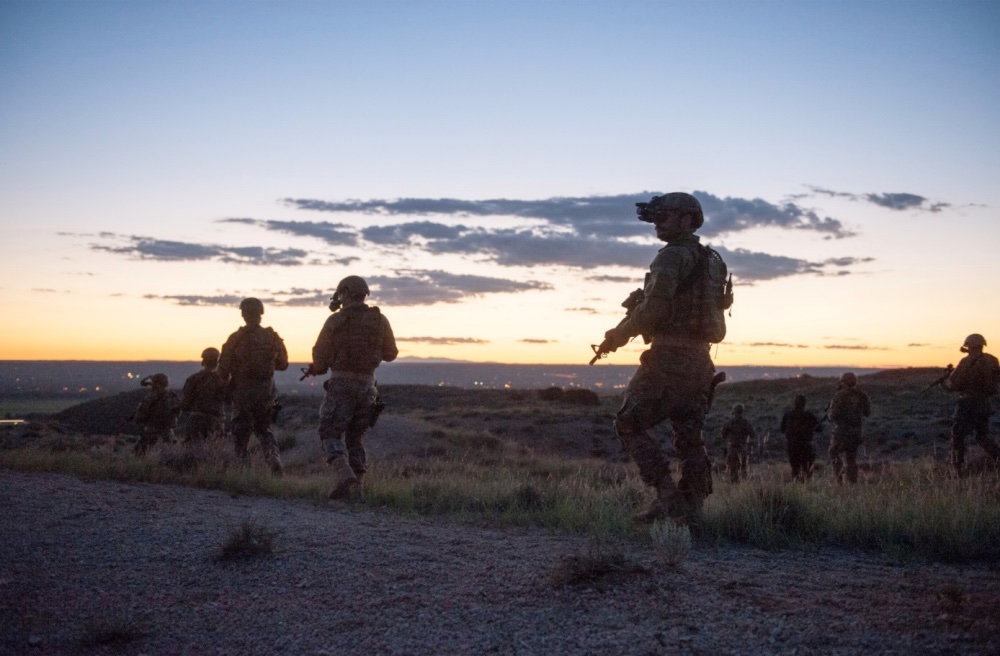
In ‘Sicario’ the CIA enters the drug smugglers’ tunnel. Exposure once again for the highlights.
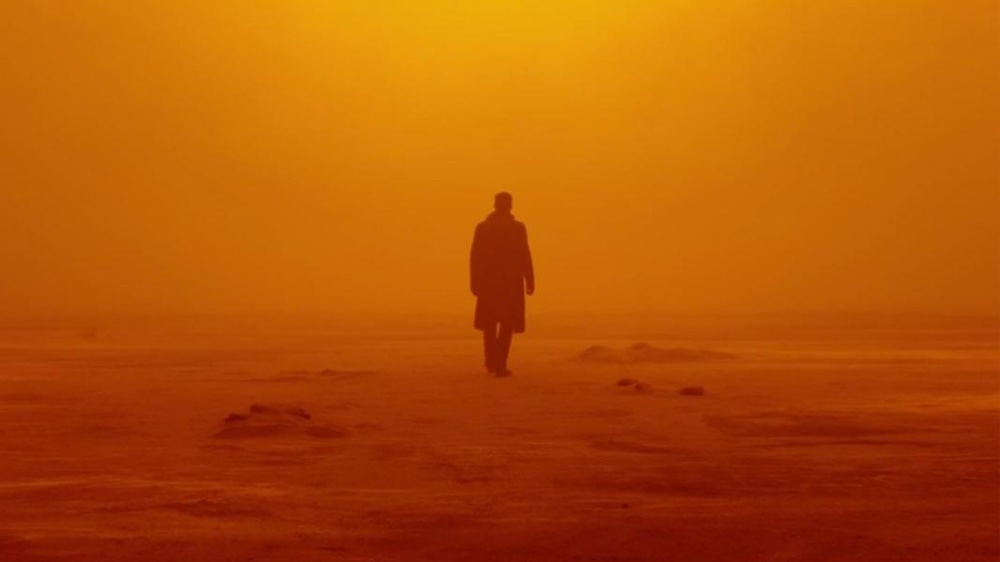
Although sci-fi strikes me as a genre for two year-olds, ‘Blade Runner 2049’ finally earned Deakins the Oscar he so richly deserved.
Eight of the thirteen movies above were made by the Coen brothers. Quality attracts quality.
Try and catch a few of Roger Deakins’s movies if you care about great images. For a complete listing of the master’s work, click here.
Update May 10, 2023:
Unsurprisingly, Deakins is also an adept photographer, favoring the street photography genre. Click here for more.
